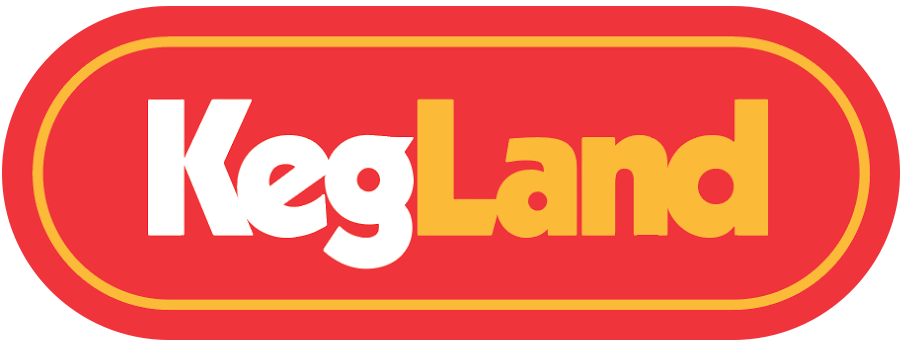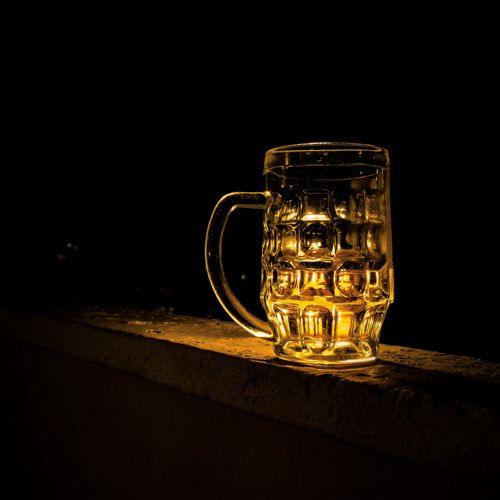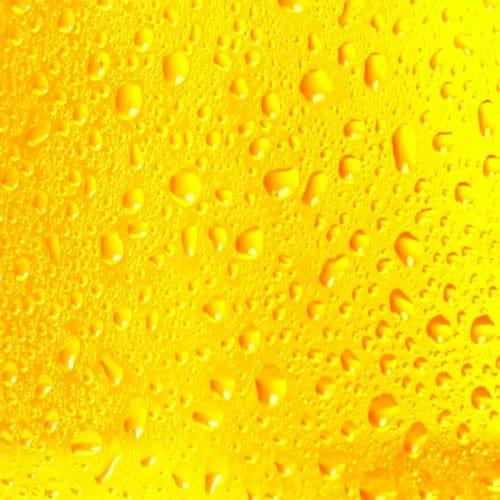We will talk about this in a bit of depth, because there are a few ways to go about speeding up the carbonation process, but that’s not why you’re here.
You are here because you have a keg of uncarbonated beer. And you want to drink that sucker.
I get it.
Let me introduce you to ‘Rock and Roll’ Carbonation, also known as the ‘Crank and Shake’ method.
Do this now. Science later.
Step One: Chill your keg. I shoot for 2c.
Step Two: Hook the keg up to gas at around 30psi. It is strongly recommended to have a check valve on your gas line for this.
Step Three: Lay the keg on its side and roll it for about 120 seconds. This is the critical part – make sure you time this so you can repeat it. Try and roll in a way that is repeatable too. We sit down and ‘rock’ it with our feet for the allotted time.
Step Four: Remove the gas disconnect and stand the keg back up. We will want to wait a couple of minutes now.
Step Five: “Burp” the keg (pull the PRV to release excess headspace pressure. We do this to avoid having more pressure in the keg than set on the regulator, as that can allow beer to potentially travel down the gas line and damage the regulator.
Step Six: Dispense this sucker! Hook the keg up to your kegerator or kegging system.
Step Seven: Now, you may find that your beer has not yet achieved the desired carbonation level. That is OK. This is not an exact science. You may need to repeat the process. If so, reduce the rocking time to around 30 seconds. The exact time is not important so much as making sure you. What is important is that you make sure that whatever time/pressure/rocking process you follow is noted down so that you can repeat it. It is notoriously easy to over carbonate kegs doing this, so let's take notes and be methodical, OK?
There you go.
Right. Now that’s out of the way, let’s talk science and other, fast carbonation methods.
So, one of the joys of kegging is the ease of carbonation. There is no need to add priming sugar, go through a secondary fermentation at room temperature, then chill, wait, wait a bit more and finally, hopefully drink a delicious carbonated beer.
When kegging, carbonation is achieved through what is known as forced carbonation.
This simply means that instead of allowing the yeast to provide CO2 through secondary fermentation, we can directly carbonate beer by adding CO2 to the keg – hence, ‘forced’ carbonation.
We have already covered the most consistent and widely used forced carbonation technique, usually known as ‘set and forget’ carbonation. You can read about that right here.
But homebrewers can be an impatient lot. Sometimes you might not have planned things properly. Sometimes you might, well, just want to taste that new brew.
There are two main techniques. One is pretty reliable and repeatable. It's the method we use most often as it is easy to fit into most any schedule.
The other method is riskier, but enormously faster and thus quite a bit sexier. Who doesn’t want to drink carbonated beer 15 minutes after it is kegged! This method is the one described above - “Rock And Roll” Carbonation (also known as “Crank And Shake”)
While carbonation is a function of pressure and temperature, there is one other ingredient that can be added to the mix.
That is, surface area. This is how Sodastream machines and carbonation stones function.
But with no more equipment than all keggers have to hand, we can apply this at a homebrew level.
Firstly, as with any carbonation method, the beer has to be cold – the colder the better, but ensure it is not frozen. Aiming for 2c (pretty standard serving temperature) will be fine.
The reason it works is because we force CO2 into solution through agitation.
Disclaimer: there is no one right way to do this – there's a number of variables. Please ensure that whatever you use in terms of agitation, pressure, temperature etc. stays absolutely consistent each time, as it is very easy to over carbonate a keg by this method. It’s also a really good idea to have a check valve on the gas line to protect the regulator, just in case.
Another, probably simpler and more reliable method of fast, forced carbonation is to increase the pressure, for less time.
You can see a rather good carbonation chart in this post that outlines what pressure and temperature you need to achieve desired carbonation levels. Once equilibrium is reached (so, CO2 dissolved into solution is equivalent to the headspace pressure) then you will be at the desired carbonation level.
You will likely need a little bit of trial and error to find what works for you, and it is always best to end up a bit under-carbed rather than over carbonated, but putting chilled beer under 50psi for around 10 hours is a pretty good figure.
Using this method, you can chill your keg overnight, bump the pressure up before work in the morning.
Remember to burp the keg and drop the pressure before serving, then pour away!



